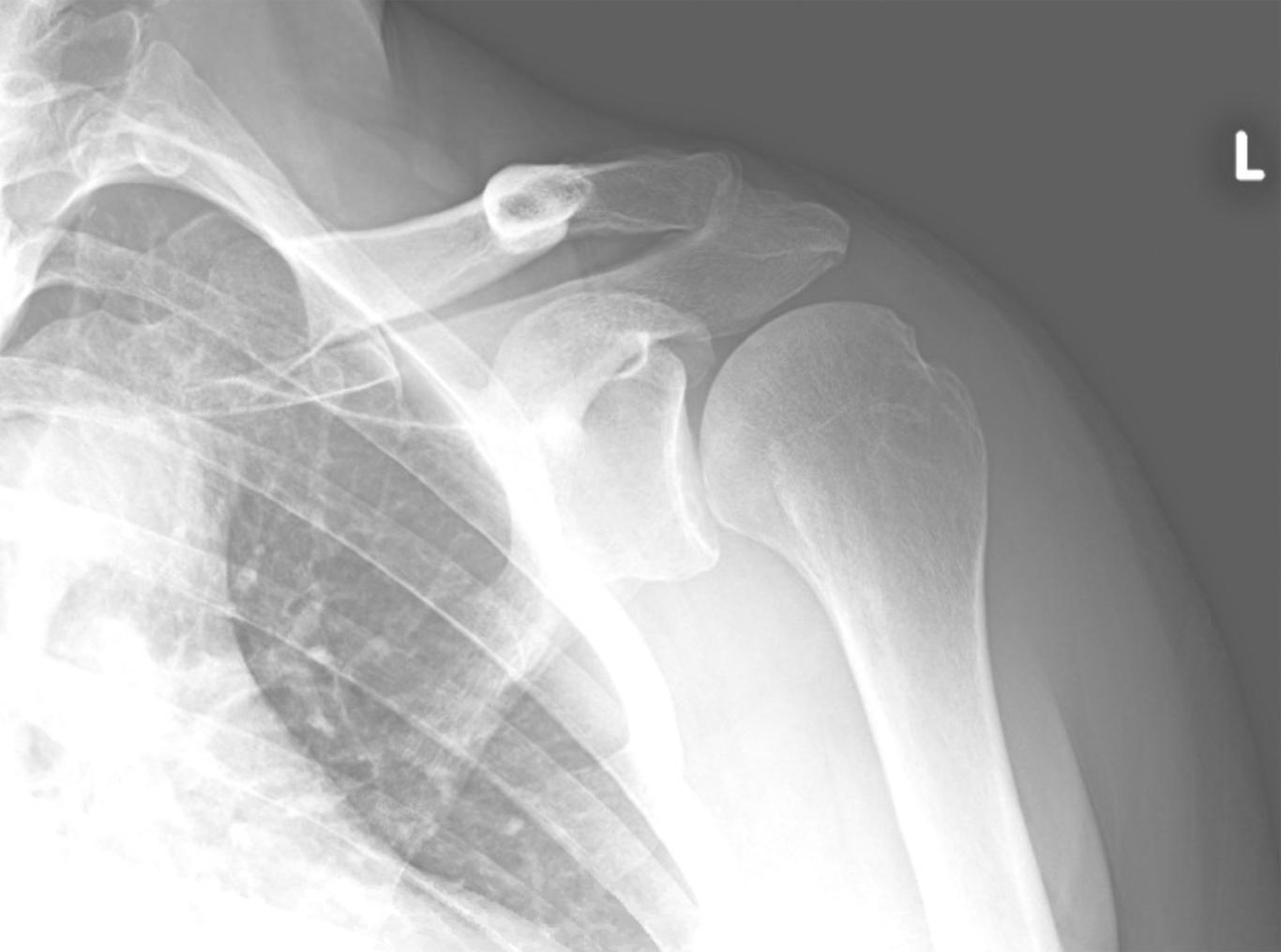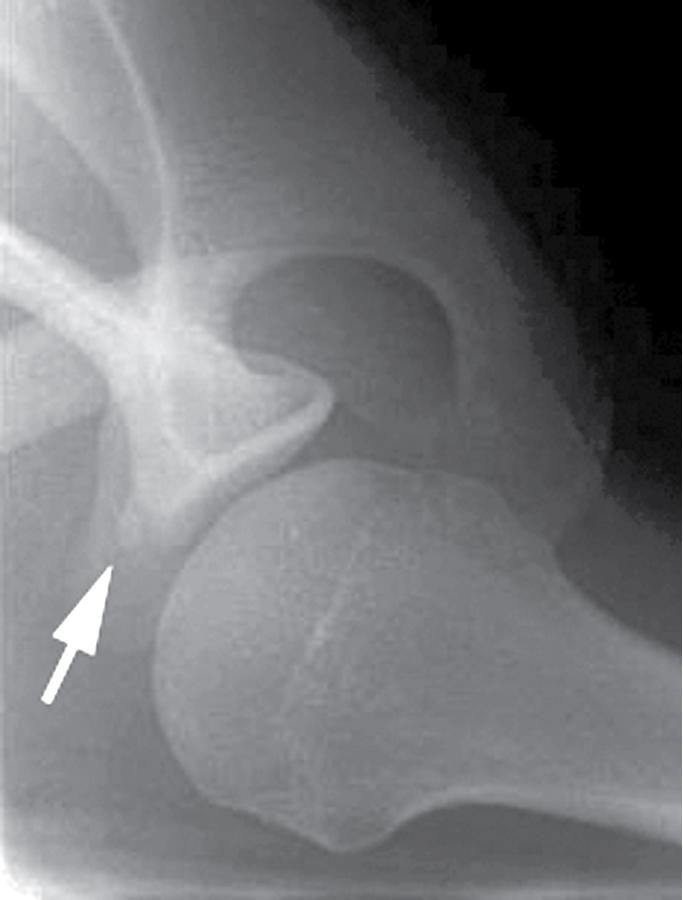Physical Address
304 North Cardinal St.
Dorchester Center, MA 02124
This chapter describes the use of knotted and knotless suture anchors for arthroscopic labral repair to address anterior instability. The techniques for anterior stabilization, including anchor insertion, are described in detail. The use of suture anchors has become the standard for soft tissue repairs, and this chapter discusses the advantages of both knotted and knotless repair techniques.
Suture anchors and their proper insertion are paramount to performing most types of instability surgery.
The shoulder surgeon must be familiar with the use, insertion, and complications associated with various anchor types.
Disastrous complications can result from the improper use of suture anchors.
Proper patient selection is required for good surgical outcomes. Patients should have a history of traumatic unidirectional instability with a corresponding Bankart lesion on imaging studies.
The steps in the technique of labral repair and capsular plication require careful planning, a stepwise process, and meticulous suture limb management.
While knotless and knotted suture anchors show equivalent surgical outcomes, all surgeons performing arthroscopic instability surgery should be facile in the technique of arthroscopic knot tying.
Appropriate diagnosis, patient positioning, and surgical technique are paramount to success in arthroscopic or open shoulder surgery.
Inappropriate capsulolabral tensioning or suture anchor placement can predispose the repair to failure and recurrent instability.
Anchor displacement or anchors left proud of the chondral surface have been shown to lead to rapid chondrolysis and joint degeneration.
Recurrent anterior glenohumeral instability is a common sequela of a traumatic glenohumeral dislocation. The major pathoanatomic features of a traumatic dislocation are the capsulolabral avulsion of the inferior glenohumeral ligament (Bankart-Perthes lesion) and capsular attenuation, which typically worsens with repeated injuries. Once recurrent instability affects activities of daily living or precludes a return to sports, operative stabilization is recommended. Although considerable debate remains about whether to proceed with surgery after the first traumatic dislocation, the orthopedic literature supports early, acute arthroscopic stabilization after a traumatic dislocation in a select group of young athletes who are at high risk for repeated shoulder injuries. Issues such as player position, time remaining in a season, and availability to participate in rehabilitation may affect the decision of when to undergo surgery. Immediate stabilization is recommended in athletes who participate in activities or sports in which a subsequent dislocation could be life-threatening (e.g., parachuting or rock climbing).
Before the introduction of arthroscopic techniques in the mid-1980s, shoulder stabilization surgery required a formal deltopectoral approach, through which the subscapularis was either released from its humeral insertion or split longitudinally for access to the glenohumeral joint. The initial technique to reattach the avulsed labrum to bone was done through bone tunnels; however, after their introduction in the 1980s, suture anchors quickly became the most commonly used soft tissue repair devices. With the advancement of arthroscopic shoulder techniques in the 1990s, the number as well as the variety of fixation devices increased dramatically. The introduction of bioabsorbable and then reinforced plastic (polyetheretherketone) suture anchors allowed for postoperative imaging without interference from metallic anchors. In addition, revisions, when necessary, are not hindered by retained metallic implants.
Traditional suture anchors require the use of arthroscopic knots; however, the use of knotless suture anchors for the repair of Bankart lesions was first described in 2001. Since that time, multiple studies have demonstrated successful Bankart repairs with both knotted and knotless suture anchor systems. Recently, all-suture type anchors have been developed, and early literature suggests equivalent results to traditional, solid anchors. However, we have not adopted the use of all-suture type anchors in labral repairs due to some concern regarding cyst formation and tunnel expansion in the glenoid. The focus of this chapter is on the technique of arthroscopic anterior shoulder stabilization with the use of knotted and knotless suture anchors.
Establishing an accurate diagnosis is essential for determining which patients will benefit from arthroscopic stabilization. Important information to elicit includes the mechanism of initial injury, chronicity, frequency and direction of dislocation or subluxation episodes, and presence of instability during activities of daily living. The patient’s age, activity level, and prior operative or non-operative interventions should also be considered when determining if the patient is a surgical candidate.
Recurrent anterior instability typically manifests with a limitation of shoulder function caused by a subjective feeling that the shoulder is “slipping out of the joint.” For anterior instability, activities that require shoulder abduction with increasing external rotation typically reproduce these symptoms.
Many shoulder dislocations are reduced by athletic trainers, coaches, or emergency department personnel. The on-field reduction is typically easier and less traumatic than a delayed reduction because of the absence of muscle spasms. Crepitation or pain at the upper arm may be indicative of a proximal humerus fracture. If any question exists, reduction should be delayed until sufficient radiographs have been obtained. Plain radiographs can confirm a shoulder dislocation and assist in identifying any concomitant fractures prior to a reduction attempt. It is important to complete a physical exam prior to performing a reduction to document any neurologic injury or weakness. Specifically, it is important to determine the presence of an axillary nerve injury, which can occur with anterior dislocations A radiographic examination is required to confirm reduction and to evaluate the joint for associated injuries. Physical exam should be repeated after reduction is confirmed. It is also imperative to assess the integrity of the rotator cuff, especially in older patients.
Patients typically demonstrate preserved strength and range of motion at the shoulder joint despite their history of instability; absence of these should raise flags for the presence of alternative or additional pathology contributing to the symptoms. A sense of apprehension and discomfort can be elicited by placing the patient in a position of instability, classically at 90 degrees of abduction and external rotation (the apprehension test). Conversely, a sense of relief and stability is achieved by the application of a counterforce on the humeral head in the position of instability (the Jobe relocation test). Glenohumeral patholaxity can be assessed and graded in comparison to the contralateral side. Another sign of anterior instability is the scapular protraction sign described by Bottoni. In the seated position, as the abducted arm is slowly externally rotated, the patient may involuntarily protract the scapula to keep the glenoid articulating with the humeral head. This is identified as a winging appearance of the scapula with increasing external rotation of the shoulder.
A standard anteroposterior view with the arm in slight internal rotation is used to identify fractures of the greater tuberosity and Hill-Sachs lesions ( Fig. 6.1 ).

The trans-scapular Y view can assist with the direction of dislocation before reduction and confirm successful reduction.
The West Point axillary view can be used to assess glenoid rim fractures (bony Bankart lesion; Fig. 6.2 ).

Become a Clinical Tree membership for Full access and enjoy Unlimited articles
If you are a member. Log in here